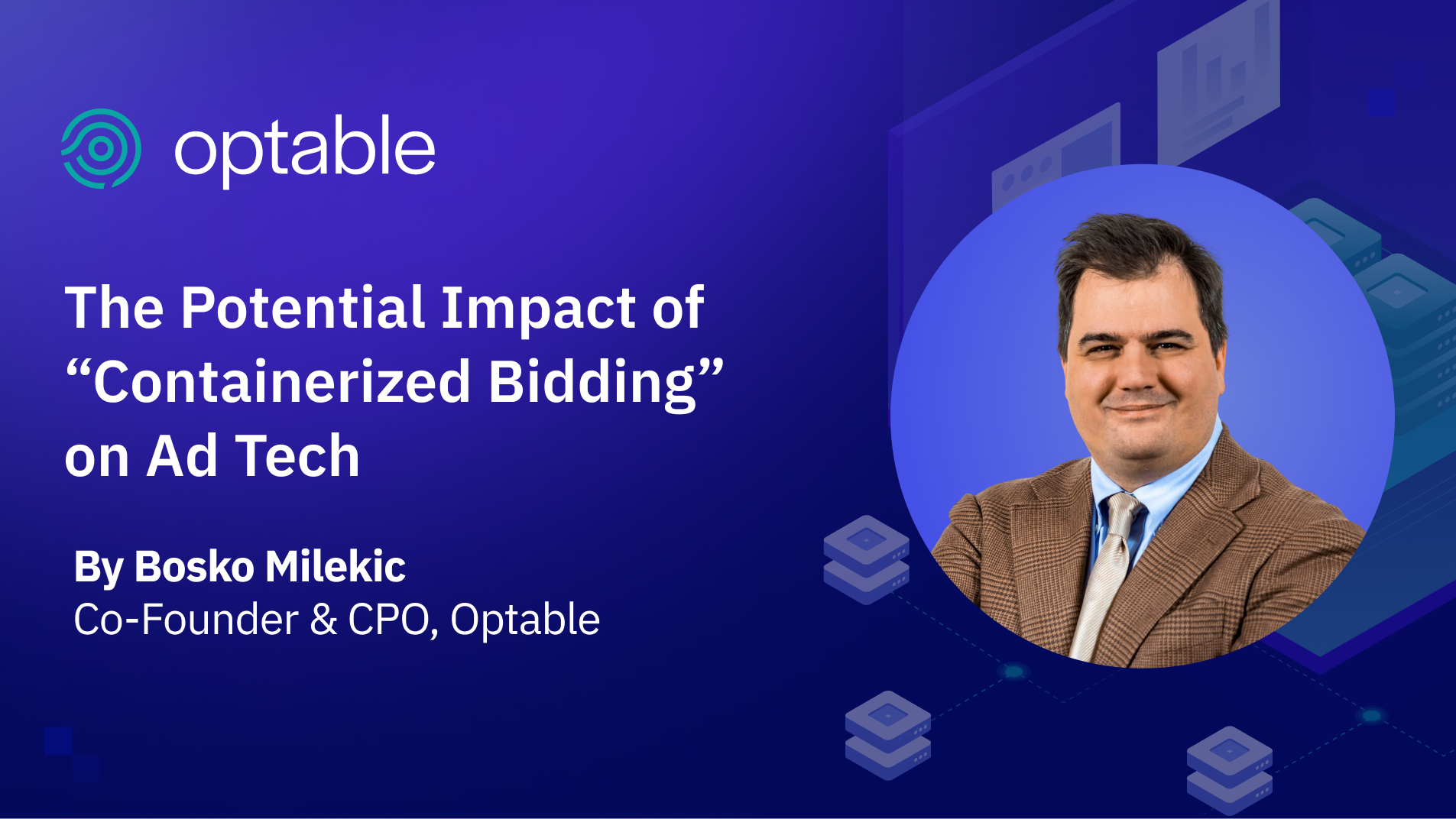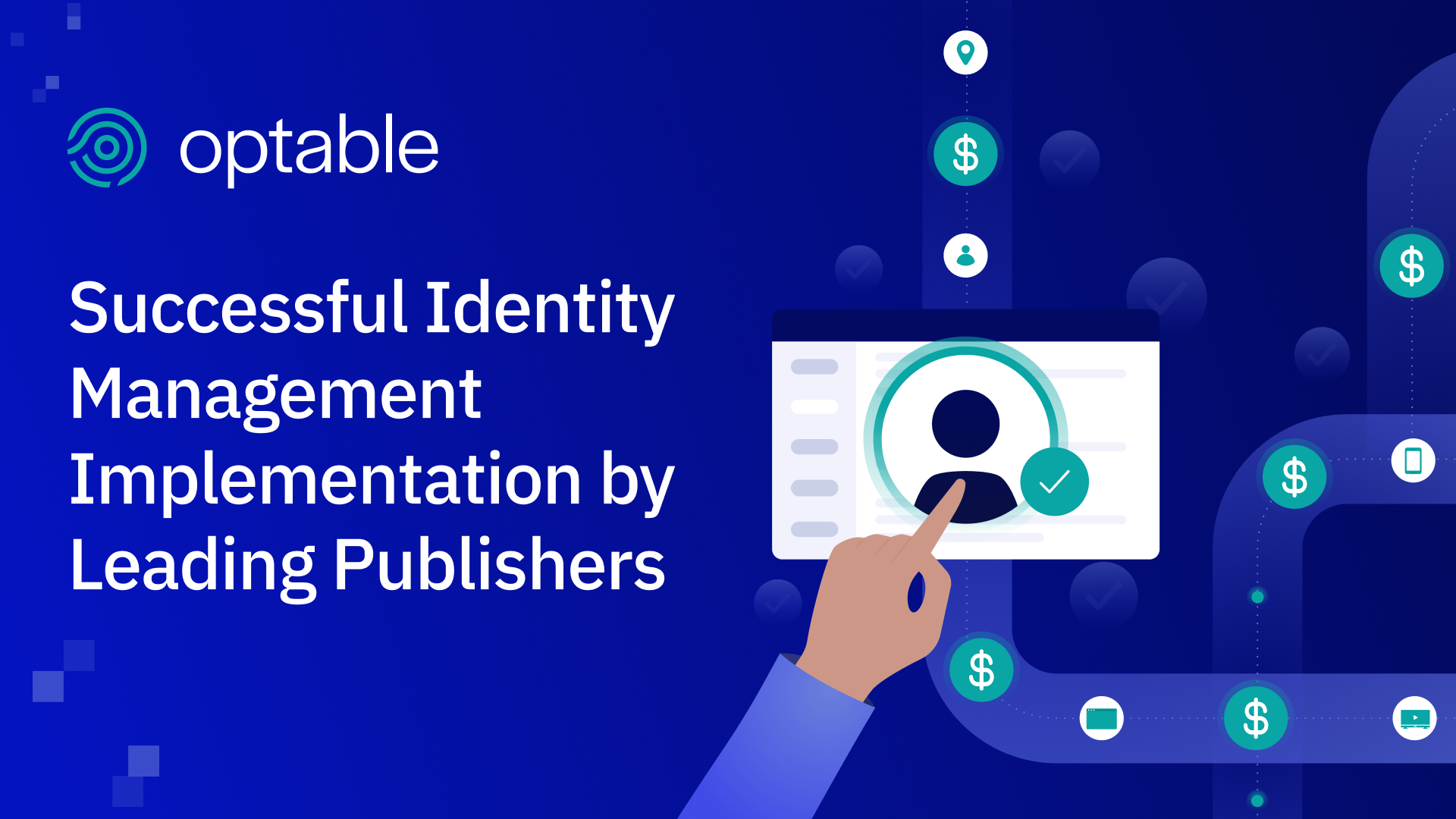The digital advertising ecosystem is in the midst of a transformative shift. The IAB Tech Lab’s recently announced Containerization Project introduces a much-needed rethink of how the infrastructure powering OpenRTB functions at scale. In an environment where bid requests can measure in the millions per second, or queries per second (QPS), this volume has created significant operational costs and complexity, making it harder than ever for new buy-side players to enter the space. The result? Slower innovation in areas like ad planning, targeting, and measurement.
Containerized bidding introduces a compelling solution: rather than having every buy-side system ingest and evaluate massive streams of bid requests, the intelligence can move closer to the supply. Containers offer an execution layer where bidding logic can run more efficiently and securely within publisher- or SSP-controlled environments. This rearchitecture creates opportunities not only to reduce waste but also to unleash new kinds of business models.
Here are four major impacts this shift could have on the future of advertising:
1. Rise in Outcome-Based Bidding Models
Containerization, paired with advancements in identity resolution, enables a new class of outcome-focused bidders to thrive. These are performance-driven platforms offering Facebook-style campaign outcomes—sales, app installs, web traffic—across the open web, CTV, and mobile.
Companies like Chalice AI, tvScientific and EDO exemplify this new approach. Instead of simply evaluating CPM or CTR, their optimization engines focus on real-world actions, using AI algorithms to learn from signal patterns—time of day, ad recency, geo-performance—and adjust in near real-time. Containers provide the runtime needed to deploy these models closer to the impression opportunity, with lower latency and higher efficiency.
This could reduce the market’s reliance on generalist, self-service DSPs and encourage the rise of specialized platforms optimized around verticals, audiences, or outcomes. Importantly, it could also unlock programmatic buying for previously underserved advertiser categories—like SMBs—by making performance more accessible and measurable.
2. Audience Extension Becomes Table Stakes for Challenger Gardens & Retail Media
Audience extension—the ability to target known users or high-value segments across properties outside a publisher’s own—is becoming a cornerstone offering for large media companies, retailers, and gaming platforms alike. With containerized execution environments, these players can develop proprietary tech for targeting, activation, and optimization without needing to export sensitive audience data via data marketplaces.
The growth of “challenger gardens” is particularly notable. Media owners like Dotdash Meredith are scaling solutions such as D/Cipher, while platforms like Unity are doubling down with offerings like Audience Hub, which enables privacy-first targeting across mobile and CTV.
Containerization makes it possible for these audience extension solutions to run securely and scalably across a fragmented media landscape, accelerating their adoption and effectiveness.
3. New Models for Buying & Selling Third-Party Data
Programmatic’s recent obsession with curation—the packaging of data and inventory to meet specific advertiser needs—has become a defining theme in media transactions. There are many flavors of curation, but one of the most promising is audience curation: building targeted, scalable audience segments that can be activated across large swaths of supply.
Historically, this process relied on third-party cookies and probabilistic matching within DSPs. But as signal loss accelerates and browser-based identifiers fade, containerization offers a new route. For those companies with strong first-party data around demographics, behavior, etc., containers provide the opportunity to activate that data directly and securely at the edge—enabling deterministic matching and precise measurement.
Experian’s acquisition of Audigent reflects this shift. By combining valuable data with media execution capabilities, companies like Experian are building new monetization models that will become increasingly viable as containerization matures.
4. Cost Efficiencies Across the Ecosystem
For years, programmatic has carried an operational tax—measured in infrastructure costs, latency, and opaque margins—due to the sheer scale of QPS it processes. Containerized bidding flips this model on its head by allowing supply to host only the bidding logic necessary for a given transaction, dramatically reducing waste.
This shift creates more sustainable economics—and potentially new business models—for everyone. Buyers can reduce fees previously justified by infrastructure scale, and tech vendors can specialize without needing to run global, always-on infrastructure. In the long term, this could foster a more competitive, efficient, and innovative marketplace.
A New Architecture for a Smarter Ecosystem
The ad tech industry is often accused of being resistant to change. But containerized bidding is not just a technical refinement—it’s an architectural leap. By moving the intelligence closer to the supply, the industry can finally build systems that are more privacy-conscious, performance-oriented, and cost-efficient.
At Optable, we see this as part of a broader evolution: one where identity, data collaboration, and activation all converge in ways that benefit media owners and advertisers alike. The containerization movement is still early—and is a key part of this evolution—but its potential to level the playing field and catalyze innovation is immense. We’re excited to be part of the change.


.png)
.png)





